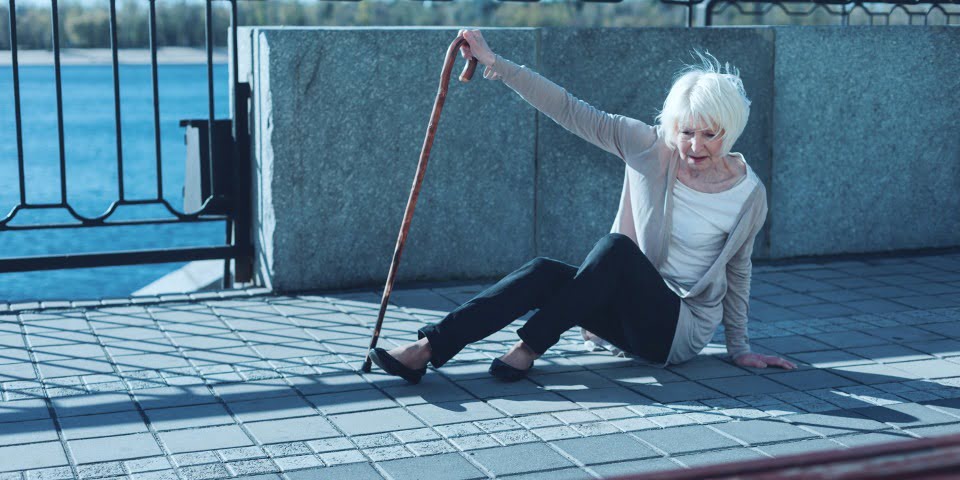Women in Australia are more likely than men to experience physical pain, according to a recent report from the Australian Bureau of Statistics (ABS), with pain strongly impacting women’s ability to work.
Giulia Jones, the newly appointed CEO of leading pain advocacy body Painaustralia, says this was the central finding of the ABS report ‘Stressors and bodily pain’, released in June.
“For two in three women, pain interferes with their work,” Ms Jones told Retail Pharmacy. “That’s a huge number. It’s hard enough [as it is] for women to advance in economic terms, without adding in this factor.”
Ms Jones says the findings serve as an important reminder for pharmacists as well as managers and employers across the workforce: “Just because someone looks healthy and is going to work every day doesn’t mean they’re not carrying this burden.”
Significant hurdle
The ABS figures show that pain affects women more than men, with all age groups affected, not just the elderly. Ms Jones says the figures confirm the findings of a report Painaustralia commissioned in 2020.
“The Deloitte ‘Cost of Pain in Australia’ report estimated that 1.8 million women lived with chronic pain compared with 1.5 million men,” she said. “It also found there were 168,000 women of working age between 45 and 49 who were suffering from chronic pain.”
Ms Jones says that while the exact reasons that more women live with pain are unknown, many women are affected by endometriosis and pelvic pain.
“A really interesting part of the discussion about women and pain is period pain,” she said. “People being dismissed or told that their pain isn’t that serious happens on a regular basis. On the other hand, some countries have talked about having leave for a period related pain.”
Regardless of the source of pain, it can be a significant hurdle for working women.
“Imagine that you’re a mum, and you have to get kids out the door to school, and get to work, and then deal with sitting at your desk or doing a physical job, whichever type of work you do. Pain makes all those tasks more difficult, and it can also impact on your mental health,” Ms Jones said.
“We also know that pain can lead to many Australians being forced to leave the workforce, with 40 per cent of early retirement in Australia due to long-term pain.”
Stressors
The connection between pain and stressors – such factors as mental health, serious illness, the death of someone close, or difficulties of finding/maintain a job – were also highlighted in the ABS figures. Given the tumultuous few years many have experienced through Covid-19 lockdowns and the rising cost of living, this link is important to note, says Ms Jones.
“Not just because of the physiological effect of stress on the body, which we know is real, but also because of the cost of pain management,” she said. “Pain management requires visits to medical professionals, oftentimes it requires script medications, or it can require classes and groups like therapy sessions and physical therapy. All this needs to be properly coordinated … and this all costs a lot of money.
“When people are under financial pressure, medications can be one of those things that falls off, as with self-care. So, there’s a two-fold impact of the stress of our current situation on this cohort of people living with pain: they may not take up every opportunity for treatment and care, and the physiological effect of stress on the body, which we know makes it harder to cope with such situations.”
Multidisciplinary approach
For those whose pain is chronic, it can be absolutely debilitating. Ms Jones says some people give up on trying to get the most they can out of life, but they don’t need to – what they need is the best multidisciplinary pain management plan.
“The gold standard for treatment of chronic pain in Australia is multidisciplinary care,” she said. “That’s pharmacological as well as psychological, physio, the whole gambit.
“We want to make sure that every Australian who lives with pain has the best treatment that’s available, so they can live the fullest lives possible.”
Pharmacies can play an important role in terms of education, says Ms Jones, as they’re often the first port of call for those seeking pain relief.
She also emphasises the importance of raising awareness of pain in much the same way as mental health has been addressed in recent years.
“We need to change perceptions, because there are people who feel afraid to say that they’re in pain because people might think they’re making it up, or that they’re exaggerating it,” Ms Jones said. “Chronic pain is very real, and really does require a great deal of compassion and courage from people to maintain their hope.”
Key findings
Findings from the ABS ‘Stressors and bodily pain’ report included that, of those surveyed during 2020/21:
- 9 per cent of women aged 18 years and over experienced bodily pain compared with 68.2 per cent of men.
- 2 per cent of women aged 18-24 years experienced bodily pain compared with 47.8 per cent of men.
- 1 per cent of women aged 18 years and over experienced interference with work compared with 58.4 per cent of men.
Source: abs.gov.au/statistics/health/health-conditions-and-risks/stressors-and-bodily-pain/2020-21
This feature was originally published in the August issue of Retail Pharmacy magazine.








